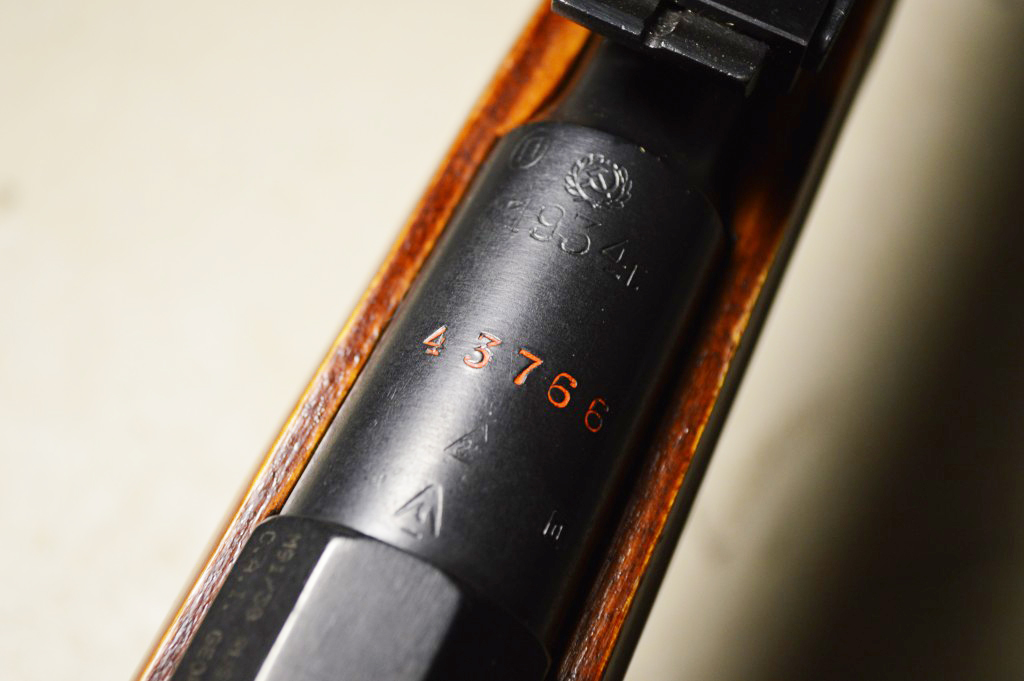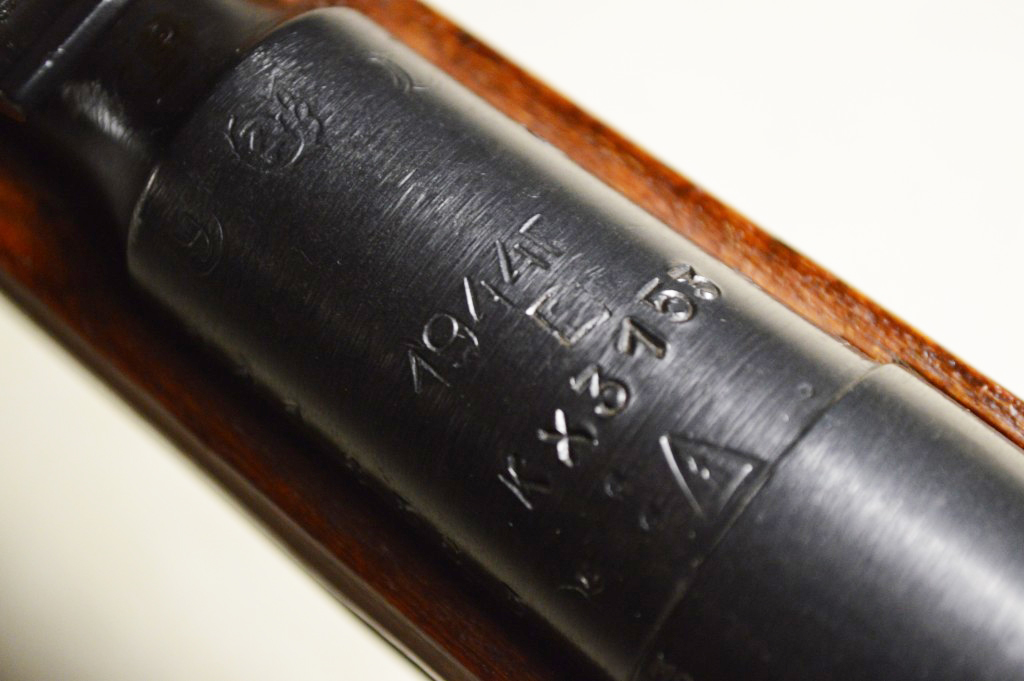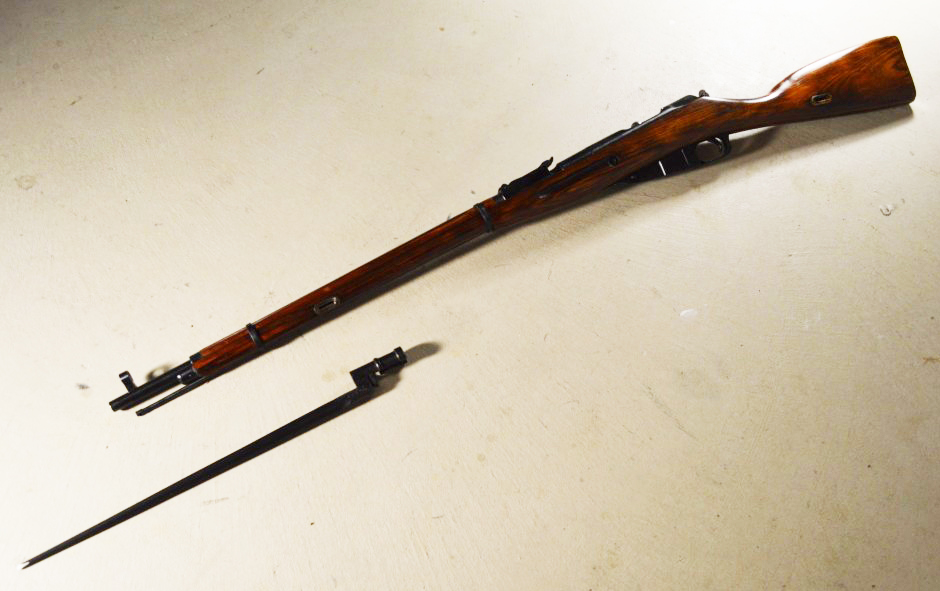CSGV Dubs Mosin-Nagant an “Insurrectionist” Rifle and a History Lesson
As far as willfully ignorant anti-gun groups are concerned, the Coalition to Stop Gun Violence may well be the most moronic of the bunch. Kings of gun control agitprop and provocateurs in the most intellectually bankrupt way possible, the CSGV is composed of precisely the types of folks who project their instability on the rest of society. I’m a firm believer that there are some folks that absolutely should not own firearms, and these folks are part of that group. Even so, they never cease to amaze me.
When I saw the screenshot posted above, there were a few thoughts that flashed into my mind. The first is that CSGV has apparently learned the name of a few firearms. To this point, I was pretty sure they flipped a coin, heads for AR-15, and tails for AK-47. It seems these people recently wandered into a Gander Mountain or some such store where Mosins are plentiful and actually learned something, sort of.
The second is that I really am not a fan of open carry. There are certain situations where it may be justified, and I can absolutely get on board with it at certain political rallies. In this case, though, it looks stupid, and Terrell Prude probably should have been more prudent (see what I did there?). It should be noted that according to folks who were actually at the council meeting, other open carriers (albeit with pistols) were present and were far better behaved than the anti-gun representation. That’s second-hand information, but make of it what you will.
All of that out of the way, let’s take a look at what the Mosin-Nagant really is. Adopted by the Imperial Russian Army in 1891, the rifle was the brainchild of separate development by Russia’s Sergei Ivanovich Mosin and Belgium’s Leon Nagant. Prior to 1891, the Russians fielded Berdan single-shot rifles that had more in common with long arms used in the American Civil War than contemporary bolt and lever-action rifles. Up against Winchester lever-action rifles, the Russians suffered massive casualties in the Russo-Ottoman War of 1877 and ‘78. It was after these horrifying experiences that the Russians finally decided to modernize their primary issue arms.
During World War One, American companies, Westinghouse and Remington were contracted by the Czar’s forces to produce small numbers of supplemental (to go along with Russian Sestroryetsk, Izhevsk, Tula, and French Chatellerault Mosins) rifles for the Imperial Army. Only a few hundred thousand of these were actually delivered before the Russian Revolution in 1917, but the original contracts were for well over 3 million rifles. Today, these relatively examples are considered collectors’ items by many enthusiasts, especially those in the United States. While the Mosin-Nagant would certainly have been used by some of Russia’s revolutionaries, it was still the issued rifle for the Czar’s forces throughout the conflict. Ironically, some of the undelivered rifles produced by Westinghouse and Remington ended up in several states’ National Guard armories.
After World War One and the Russian Revolution, Mosin-Nagant production continued at state arsenals in Izhevsk and Tula. When World War Two and the Winter War erupted in 1939 and 1940, respectively, the Soviets continued to issue the Mosin-Nagant. At the same time, Finnish forces also took to the Mosin, using captured and domestically produced versions to great effect against the Red Army in the winter of 1940 and ‘41. I guess you could call the Finns insurrectionists, but they were protecting their homeland, and they did so valiantly for several months against much larger forces. Ironically, this is something many anti-gun groups say is impossible.
By the time World War Two ended, the Mosin-Nagant was largely obsolete by about a generation and a half. Siminov’s SKS came into the picture in 1945, and Kalashnikov’s AK-47 would see service just a few years later. While the Soviets would continue to produce the M44 carbine through 1948, the bulk of the Mosin supply would transition to reserve units over the next several years. By the mid-1950s, Mosin-Nagants would have been mostly phased out from frontline use, save those used by snipers and marksmen.
Post-war life for the Mosin-Nagant was fairly typical for an obsolete military rifle. Several Warsaw Pact nations and China produced local variants, mostly M44 copies, and the Soviet Union shipped surplus Mosins around the world in an effort to bolster communist interests. For example, US forces would have encountered various examples of the Mosin-Nagant in Korea and Vietnam. If the rifle is to be an insurrectionist’s weapon, this is about the only place you’ll find the basis for such an argument.
In recent years, a few of these Russian classics have turned up in places like Iraq and Afghanistan, but they have been accompanied by British Lee-Enfields, German Mausers, and all sorts of other rifles that have somehow found their way to the region. If we are to call the Mosin an insurrectionist rifle, it should at least have to share the title with its classic imperial peers. As readers can probably see, the label is pretty absurd.
In the end, this is just another example of the brand of sensationalism the CSGV has made itself known for. I can’t condone Mr. Prude’s choice to open carry, but he at least did so in a safe manner with the rifle slung and the bolt open so the likelihood of negligent discharge would essentially have been zero. As the owner of three Mosin-Nagants, I have to laugh at the “like basically a fetish rifle for hardcore insurrectionists” accusation, but I am also saddened that many Americans will take the CSGV’s provocations as gospel. Nonetheless, the Mosin-Nagant is a readily available, affordable (sub $150 in many cases), and proven.30 caliber rifle for shooters who appreciate firearms with a little bit of history. For my fellow Mosin owners, what’s your favorite version of this “insurrectionist” rifle?
An information security professional by day and gun blogger by night, Nathan started his firearms journey at 16 years old as a collector of C&R rifles. These days, you’re likely to find him shooting something a bit more modern – and usually equipped with a suppressor – but his passion for firearms with military heritage has never waned. Over the last five years, Nathan has written about a variety of firearms topics, including Second Amendment politics and gun and gear reviews. When he isn’t shooting or writing, Nathan nerds out over computers, 3D printing, and Star Wars.





